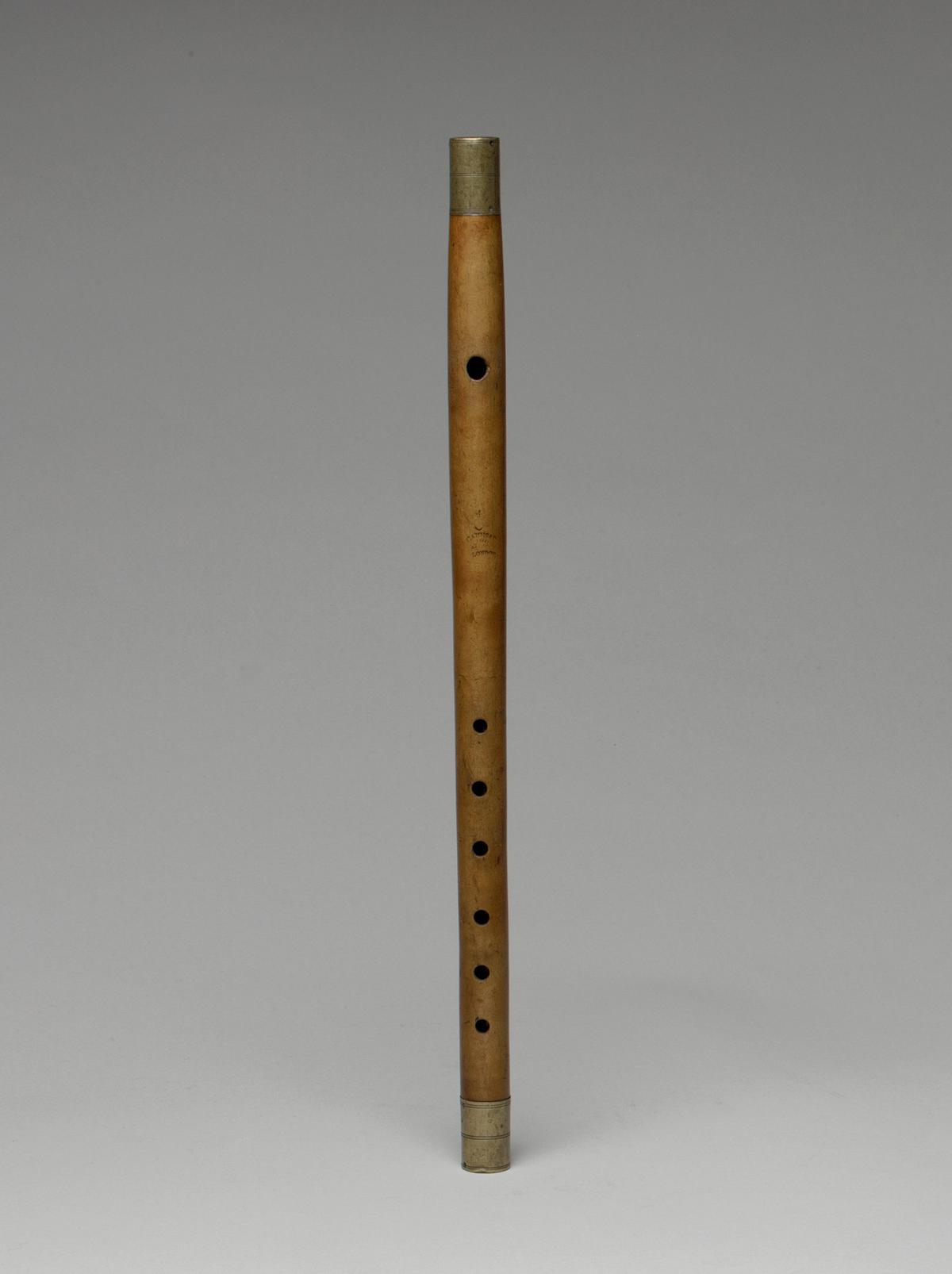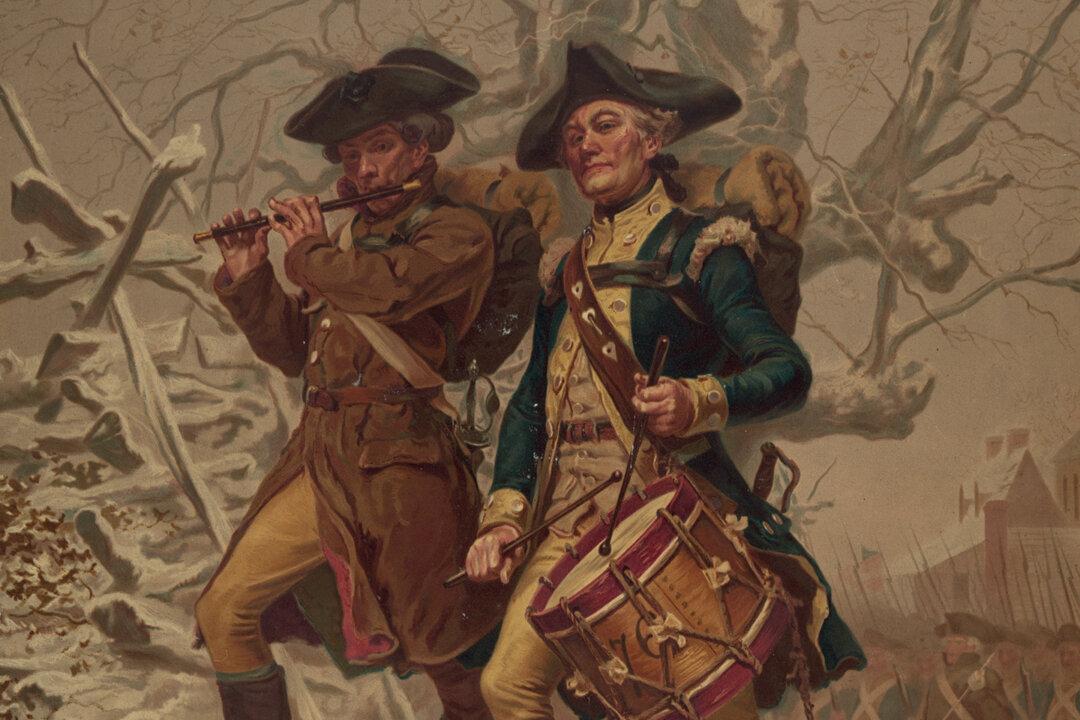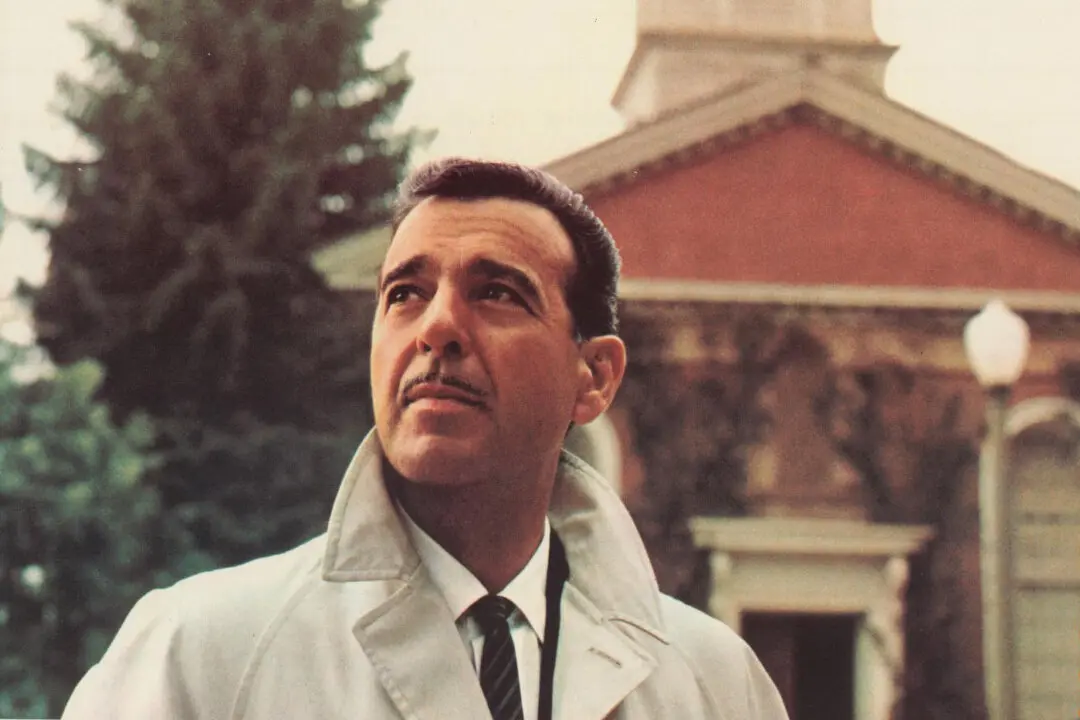The fife played an important role during America’s colonial period. With a shape similar to the flute, it was a popular among early colonial families, especially for its portability, a feature that made is particularly suitable for military communication. In fact, fife players’ skilled use of the instrument allowed music to serve an important purpose during the war that secured America’s independence from Great Britain.
From Community to Battlefield

The fife was traditionally used for military purposes. Fife, circa 1780–1790, by Thomas Cahusac. The Metropolitan Museum of Art, New York City. Public Domain





